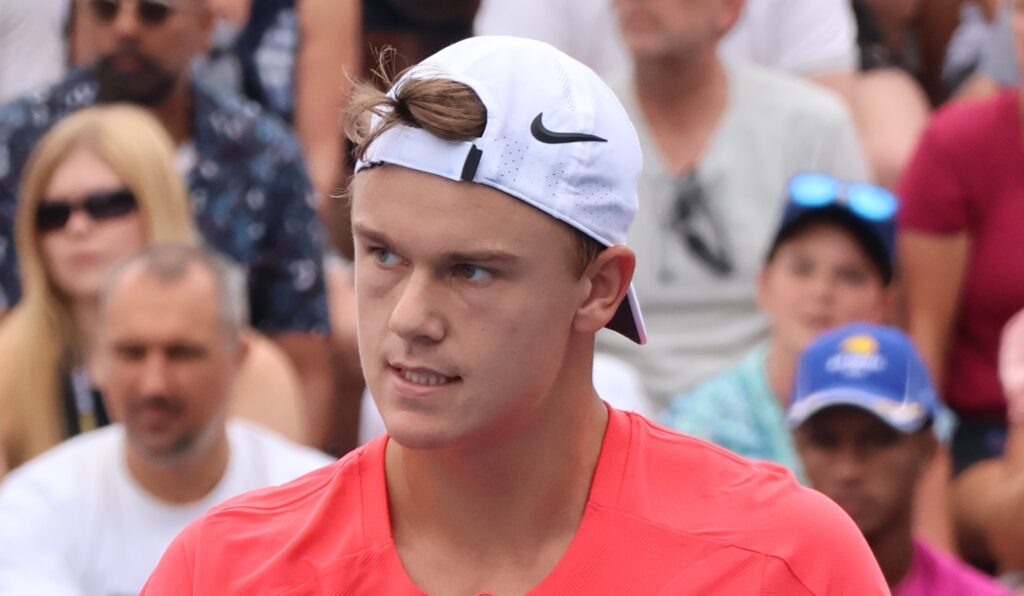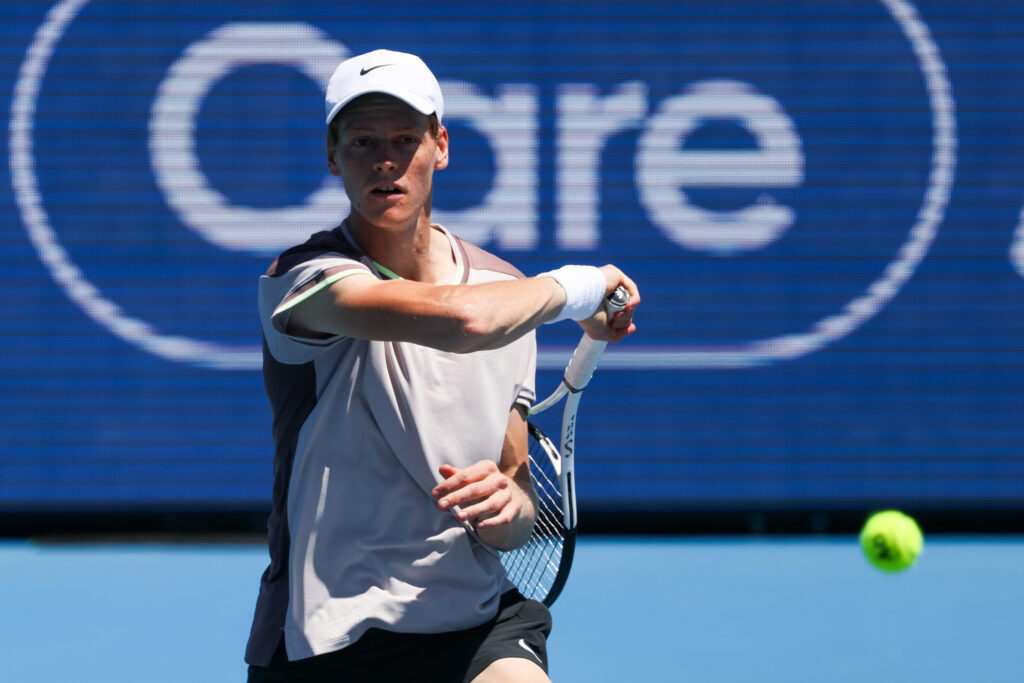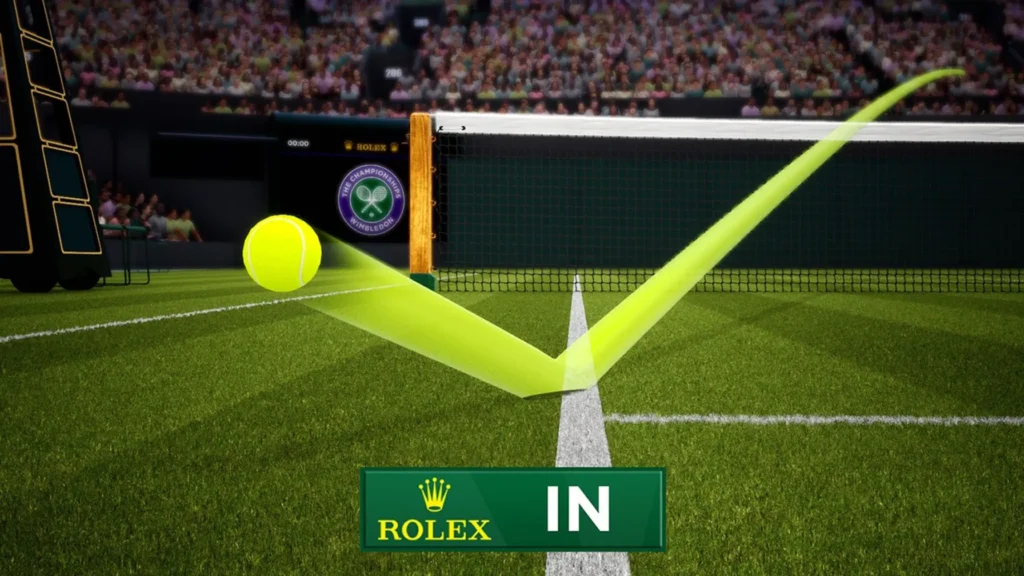Club president: “Padel hasn’t taken players from tennis – it added a second hobby”
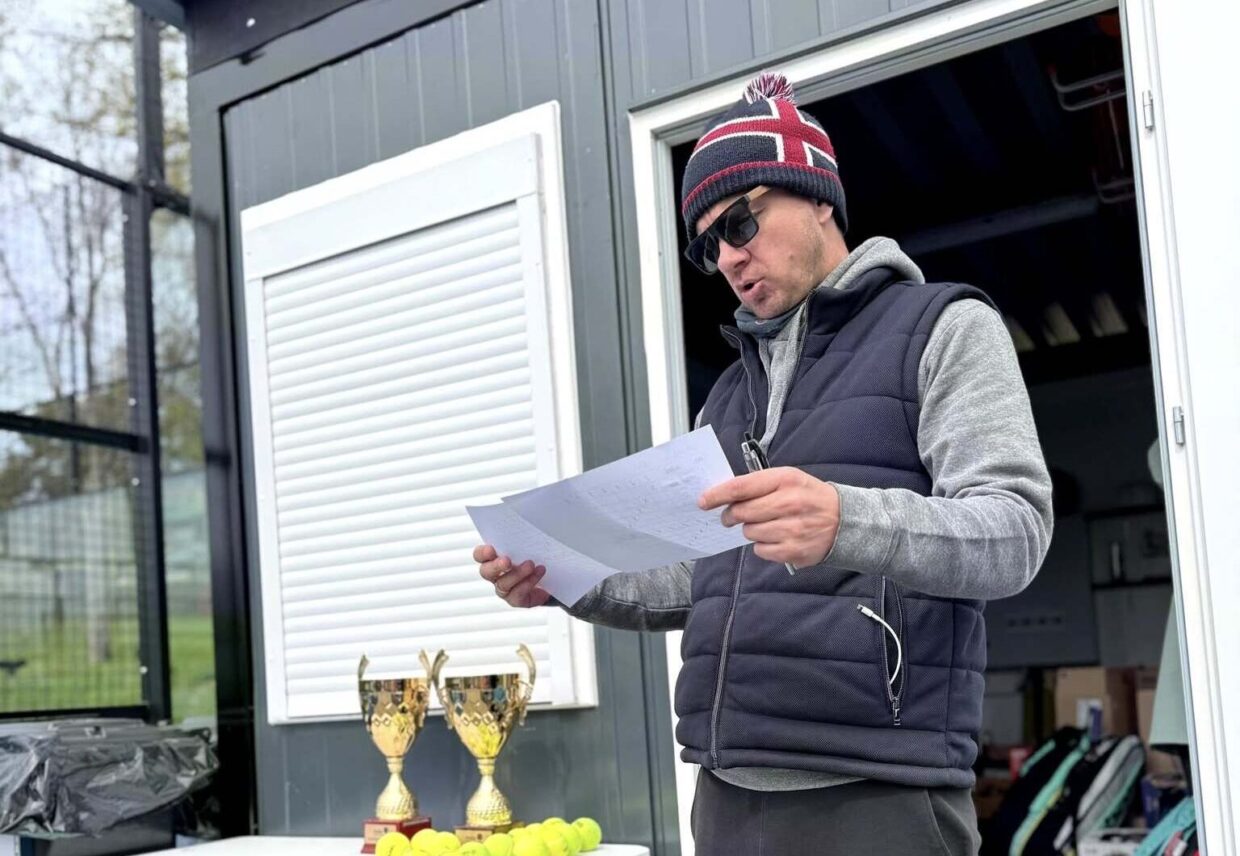
Cover photo: Ott Ahonen. Source: Facebook.com/TenniseklubiFellin
The head of Estonia’s Tennise- ja Padeliklubi Fellin, Ott Ahonen explains why adding padel courts has only expanded the community.
When people in Europe hear about Estonian tennis, one name usually comes to mind – Anett Kontaveit. Former world No. 2, she set a benchmark for the country’s ambitions and became a source of national pride before ending her career in 2023 due to back problems – a story well known among tennis fans across the continent.
Ott Ahonen, who has years of experience working with juniors in Estonia, believes that Kontaveit’s success should not be seen as a one-off.
“I wouldn’t call out any names at this stage, but there is one very potential successor that could do very well. She’s still very young. On the men’s side, we have players in the top 300, which is also not a bad result,” concludes Ahonen.
Ahonen’s path reflects the layered reality of Estonian tennis. He began as a player, moved into coaching, and later headed the Estonian Tennis Federation’s U14 program, spending five years bringing the best juniors together once a month to raise the overall level. Ott also gained valuable international experience, including at the Kim Clijsters Academy in Belgium, where he broadened his coaching perspective. Today, he leads Tennise- ja Padeliklubi Fellin in Viljandi.
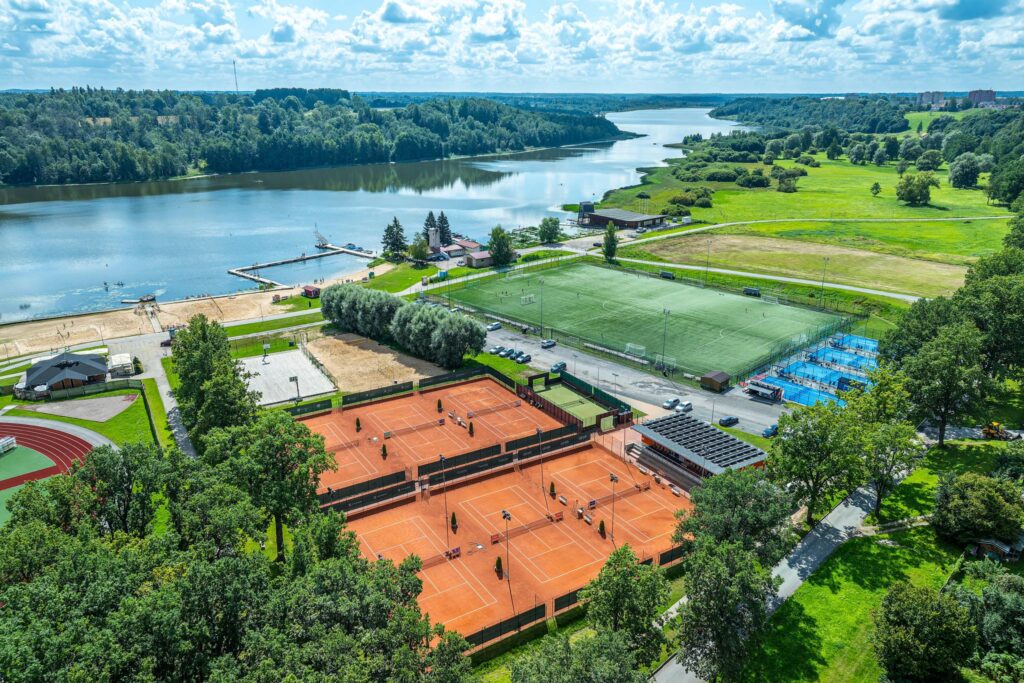
Building a local model
Viljandi is a town of about 17,000 people in southern Estonia, some 160 kilometers from Tallinn. Though modest in size, it has a strong cultural identity and hosts Estonia’s oldest professional theater, Ugala. Against this backdrop, Fellin stands out as a surprisingly modern sports facility for the region. Ahonen recalls:
“We were among the first fully automatic tennis centers in Estonia back in 2009. At first it was key cards, later keypads at the gates, and in a few years it might be eye scans or fingerprints. Things change quickly in technology.”
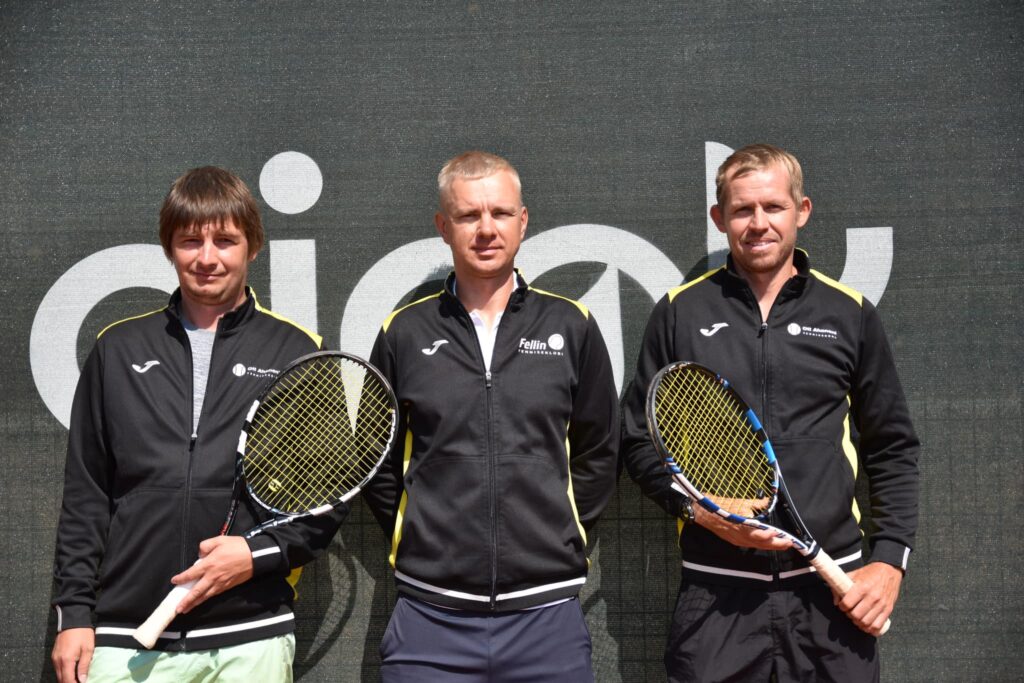
For tennis clubs in small towns, there are both advantages and drawbacks. On one hand, there isn’t the same intense competition for members as in Tallinn, where numerous venues operate. On the other, the population base is far smaller, and the key challenge is to engage enough people to sustain a vibrant club community.
Fellin invests effort in outreach, including through social media and storytelling with its members – an approach that many urban clubs could learn from.
As Ahonen puts it: “The biggest challenge is to get the community behind you – people who want to take part in events, buy services, share the same vision as the club. If you succeed in that, then running the club becomes much easier.”
Despite limited resources, Fellin continues to modernize its infrastructure. One example is investment in solar energy. Here the profile of ownership played a role: one of the club’s partners works in the energy business, and installing panels was a natural decision. Today the roof hosts solar panels and storage batteries, with surplus electricity either used in the evenings or sold back to the grid – an additional source of income.
The playing surfaces have also been upgraded: porous asphalt now drains rainwater faster, extending outdoor hours during the summer season.
“We’re always looking to improve, to optimize, to make the service better – and more profitable for the club,” emphasizes the club president.
Padel as growth driver
Still, life for a provincial club is far from easy. Many juniors eventually move to bigger cities in search of stronger competition, and the best often continue abroad to tennis academies. The Baltic climate also leaves its mark: long indoor seasons and frequent rain make tennis more costly and limit outdoor play.
Yet against this backdrop, one trend has brought new energy: the rapid rise of padel. Over just a few years, Estonia has seen a boom in padel, with many tennis clubs adding courts to diversify their offering.
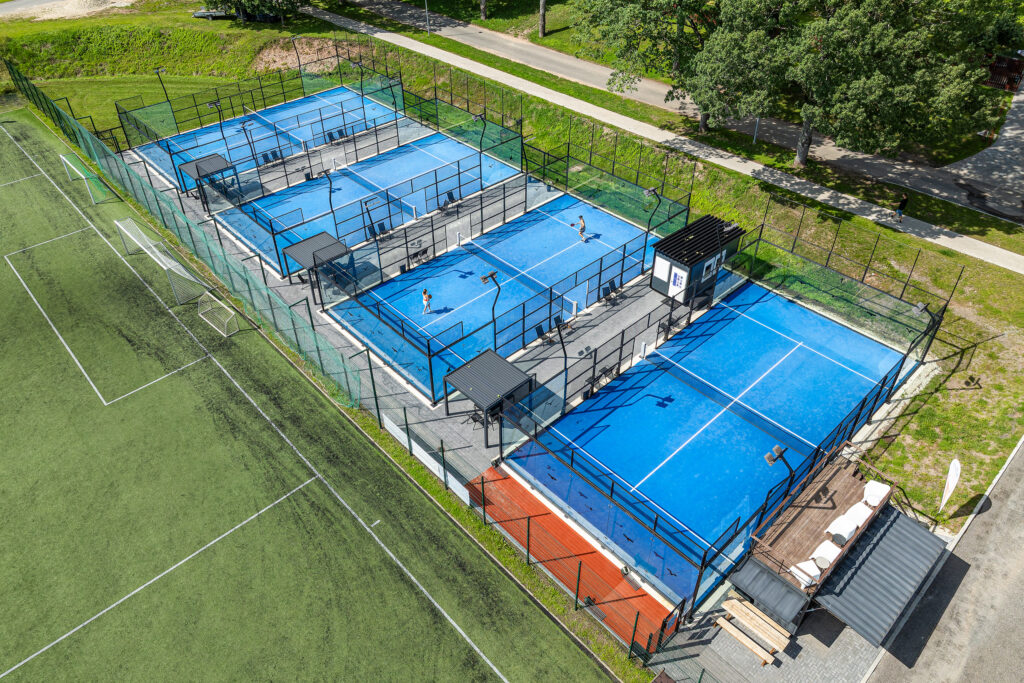
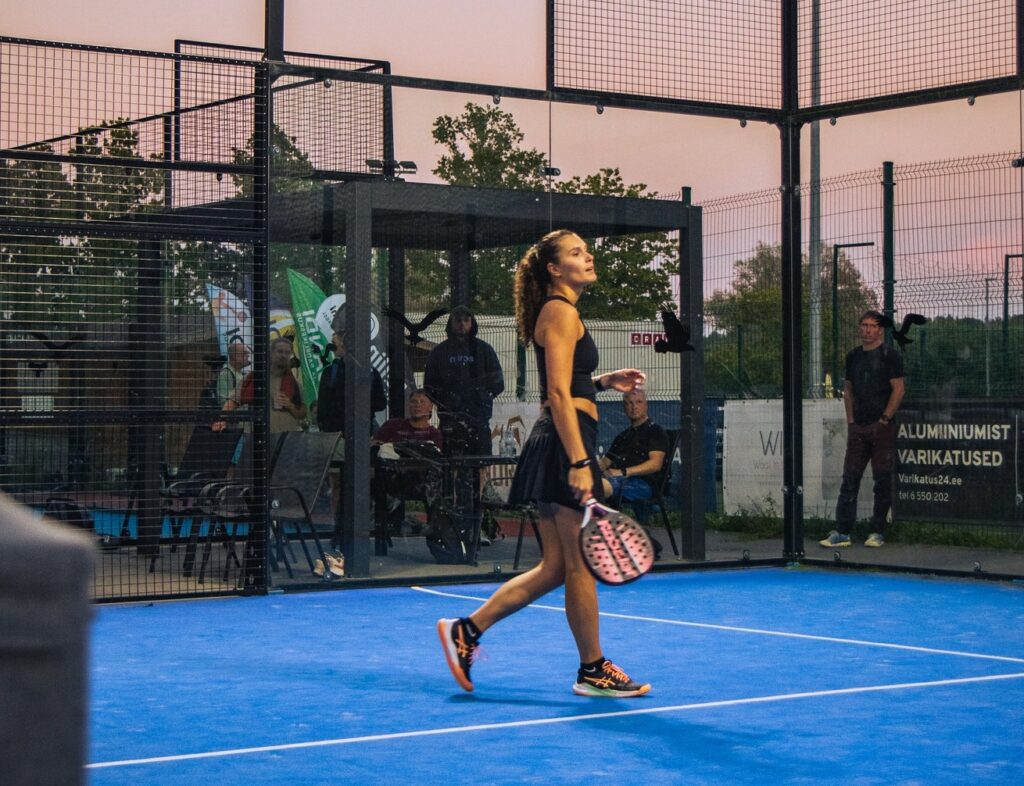
“Padel is booming right now, even in a small town like Viljandi,” says the Fellin head. “It’s a very social sport and easy to start, which is why people enjoy it. Of course, some tennis players try padel as well, but in my experience padel hasn’t taken away people from tennis. Maybe a small percentage, but mostly tennis players take it up as a second hobby and play both.”
For the European tennis industry, the Fellin story highlights how even small clubs in lesser-known towns can stay relevant: by building community, upgrading infrastructure, and embracing padel not as a rival, but as an ally in keeping racket sports alive.

